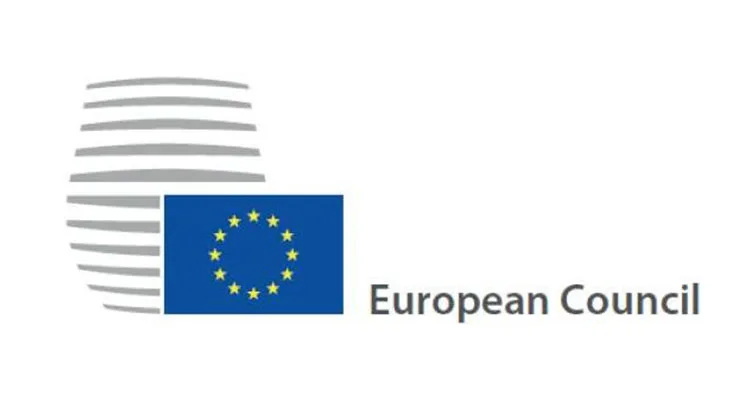In a significant move towards achieving the EU’s climate and energy goals, the European Council has adopted new rules aimed at reducing final energy consumption at the EU level by 11.7% by the year 2030. Member states will collectively work towards this target, with the upper limit for the EU’s final energy consumption set at 763 million tonnes of oil equivalent, and 993 million tonnes of oil equivalent for primary consumption.
To ensure the success of this ambitious endeavor, each member state will be required to set indicative national contributions and trajectories in their integrated national energy and climate plans (NECPs). These contributions will be calculated using a formula based on factors like energy intensity, GDP per capita, development of renewables, and energy savings potential. While the formula will be indicative, member states will have the flexibility to deviate by 2.5% if necessary.
The European Commission will play a crucial role in monitoring and assessing progress. If the collective national contributions fall short of the 11.7% target, the Commission will issue corrections to ensure the gap is filled effectively, using what is called the “gap-filling mechanism.”
The directive also places significant emphasis on energy savings. Member states will gradually increase their annual energy savings target for final energy consumption, starting at 1.49% in 2024 and reaching 1.9% by the end of 2030. The aim is to encourage more sustainable practices and reduce energy waste across various sectors.
In a bid to lead by example, the public sector will be obligated to achieve an annual energy consumption reduction of 1.9%, with the exception of public transport and armed forces. Additionally, member states must commit to renovating at least 3% of the total floor area of buildings owned by public bodies each year, further promoting energy efficiency.
The newly adopted directive is part of the broader “Fit for 55” package presented by the European Commission in July 2021. The package aims to align the EU’s climate and energy legislative framework with its ambitious climate neutrality objective for 2050 and its goal of reducing net greenhouse gas emissions by at least 55% by 2030 compared to 1990 levels. The “Fit for 55” package includes various proposals designed to modify existing legislation and introduce new initiatives in different sectors to facilitate the energy transition.
As part of the REPowerEU plan, the Commission proposed additional targeted amendments to the Energy Efficiency Directive in May 2022 to adapt to recent changes in the energy landscape. These elements have been integrated into the interinstitutional negotiation process between the Council and the Parliament.
The new directive represents a substantial step forward in the EU’s commitment to combat climate change and accelerate the transition to a more sustainable energy future. By setting ambitious energy consumption reduction targets and empowering member states with the flexibility to tailor their contributions, the EU is taking a strong stance in the global fight against climate change. The directive will now be published in the EU’s Official Journal and will come into force 20 days later, paving the way for a greener and more energy-efficient Europe.
